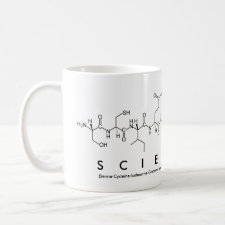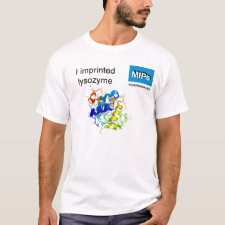
Authors: Lin HY, Hsu CY, Thomas JL, Wang SE, Chen HC, Chou TC
Article Title: The microcontact imprinting of proteins: The effect of cross-linking monomers for lysozyme, ribonuclease A and myoglobin.
Publication date: 2006
Journal: Biosensors and Bioelectronics
Volume: 22
Issue: (4)
Page numbers: 534-543.
DOI: 10.1016/j.bios.2006.07.038
Alternative URL: http://www.sciencedirect.com/science/article/B6TFC-4KWK0YY-1/2/2a79e2269fc549b4cf02ad15a0cb929c
Abstract: The performance of molecularly imprinted polymers (MIPs) is of interest to researchers in the field of analytical chemistry, and in the pharmaceutical and food industries. Because the choice of the functional monomer(s) plays a key role in the selectivity of a MIP, the synthesis of an effective, tight-binding MIP can be difficult and time-consuming, involving the evaluation of the binding performance of MIPs of many different compositions. In this study, we report an express method combining molecular imprinting and microcontact printing techniques to prepare a polymer thin film as an artificial antibody. In addition to the microcontact printing technique, isothermal titration of monomers to proteins stamps was investigated to screen the functional monomer for MIPs. Finally, the importance of the choice of cross-linking monomers in MIPs was studied, and these studies suggest that monomers containing an optimal length PEG spacer give higher imprinting effectiveness.Several model antigens (lysozyme, ribonuclease A and myoglobin) were adsorbed on a cover glasses that were pretreated with hexamethyldisilazane (HMDS). These protein stamps were then contacted with different monomer solutions (cross-linking monomers) on a glass slide substrate. Photopolymerization yielded the molecularly imprinted polymer. This technique, analogous to microcontact printing, allows for the rapid, parallel synthesis of MIPs of different compositions, and requires very small volumes of monomers (ca. 4 μL). The technique also avoids potential solubility problems with the molecular targets. Of several cross-linking monomers screened, tetraethyleneglycol dimethacrylate (TEGDMA) gave the most selective lysozyme binding, while polyethyleneglycol 400 dimethacrylate (PEG400DMA) were most selective for ribonuclease A and myoglobin
Template and target information: protein, lysozyme, ribonuclease A, myoglobin
Author keywords: Microcontact imprinting polymers, cross-linking monomers, lysozyme, Ribonuclease A, myoglobin



Join the Society for Molecular Imprinting

New items RSS feed
Sign-up for e-mail updates:
Choose between receiving an occasional newsletter or more frequent e-mail alerts.
Click here to go to the sign-up page.
Is your name elemental or peptidic? Enter your name and find out by clicking either of the buttons below!
Other products you may like:
 MIPdatabase
MIPdatabase









